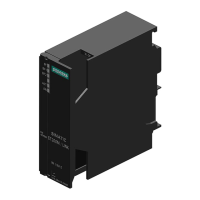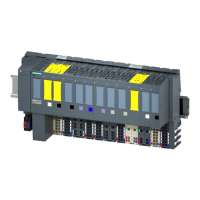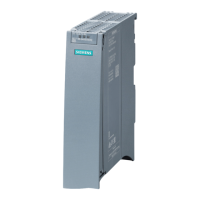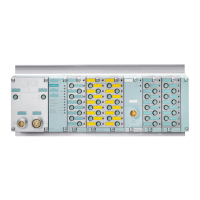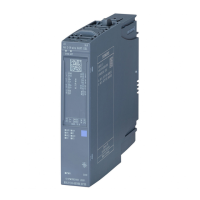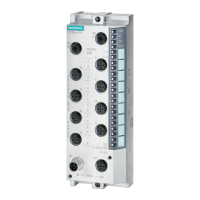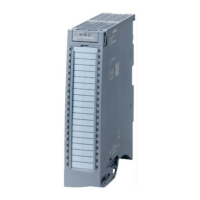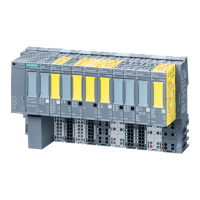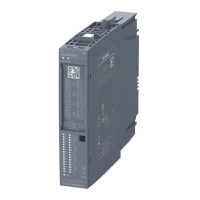Glossary
Communication
254 Function Manual, 12/2017, A5E03735815-AF
This is the certificate of a certificate authority: It signs end-entity certificates and intermediate
CA certificates with its private key.
The "Subject" attribute and the "Issuer" of this certificate must be identical. This certificate
authority has signed its certificate itself.
The "CA" field must be set to "True".
TIA Portal V14 has such a root CA certificate:
If you configure the OPC UA server of an S7-1500 in the TIA Portal, the TIA Portal generates
an end-entity certificate for the OPC UA server and signs that certificate with its own private
key.
The signature of this end-entity certificate can be verified with the public key of the TIA
Portal. This key can be found in the root CA certificate of the TIA Portal.
Network node with a unique identifier (name and address) that connects subnets together
and allows transportation of data to uniquely identified communications nodes in the
network.
Standard for serial interfaces.
Modbus RTU (RTU:
emote
erminal
nit, transfers the data in binary form; allows a good
data throughput. The data must be converted to a readable format before it can be
evaluated.
Communication between S7 automation systems, S7 applications or PC stations in different
S7 subnets via one or more network nodes functioning as S7 routers.
Send Data with Acknowledge. SDA is an elementary service with which an initiator (for
example DP master) can send a message to other devices and then receives
acknowledgment of receipt immediately afterwards.
Send Data with No Acknowledge. This service is used primarily to send data to multiple
stations and the service therefore remains unacknowledged. Suitable for synchronization
tasks and status messages.
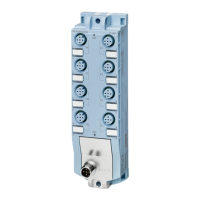
